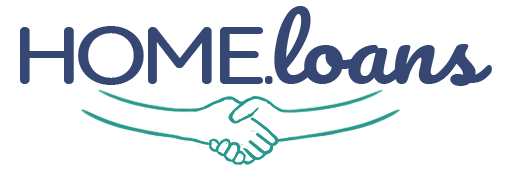FHA Loans and Fannie Mae Loans Compared
FHA-insured loans, including the flagship FHA 203(b) loan, are some of the most popular loans on the market due to their low interest rates and a variety of other benefits. However, FHA loans aren’t the only affordable loans out there; Fannie Mae loans also offer an attractive option for many homebuyers. In this article, we’ll look at the benefits and drawbacks of both FHA and Fannie Mae home financing to help you decide which type of home loan is best for your specific needs.
What are the Similarities Between FHA and Fannie Mae Loans?
It’s important to realize that neither the FHA or Fannie Mae issues loans, they both simply insure the loans against mortgage defaults. In addition, both Fannie Mae and the FHA offer a variety of loan options for different purposes, including simple home purchase (the FHA 203(b) and Fannie Mae HomeReady programs), home purchase/refinancing and renovation (the FHA 203(k) and Fannie Mae HomeStyle programs), and even refinancing (both the FHA and Fannie Mae have streamlined refinancing programs).
What are the Differences Between FHA and Fannie Mae Loans?
In addition to having a few similarities, FHA loans and Fannie Mae loans also have a few substantial differences. For instance, FHA loans are much more lenient when it comes to credit requirements, as they allow borrowers with credit scores as low as 500 to qualify for financing, while mandating a score of 580 for borrowers to qualify for the FHA’s low 3.5% down payment option. In contrast, Fannie Mae’s required scores are quite a bit higher, with a minimum score of 640 required for adjustable-rate loans and a minimum credit score of 620 required for fixed-rate loans. However, many FHA lenders prefer borrowers to have scores of 620+ in the first place, so these higher credit requirement may not make much difference in practice.
FHA vs. Fannie Mae Loans: Down Payments
While we just mentioned that the FHA permits borrowers to make a down payment as little as 3.5%, Fannie Mae actually has a program that permits qualified borrowers to make down payments as low as 3%. However, to qualify, borrowers must meet certain criteria, including having a debt-to-income ratio (DTI) of 41% or less. In addition, the property must be a 1-unit, owner-occupied single family home, condo, or co-op. Borrowers who do not meet these criteria can expect to make a larger down payment— typically somewhere between 5-10%.
In addition, borrowers who want to purchase a 2-unit property with a Fannie Mae loan will need to put at least 15% down, while borrowers who wish to purchase a 3-unit or 4-unit property will need to put at least 25% down. In contrast, borrowers who go with an FHA loan can typically pay only 3.5% down, whether they’re purchasing a 1,2,3 or 4-unit property— but unlike with Fannie Mae loans, they will need to live in one of the units in order to qualify for a mortgage.
FHA vs. Fannie Mae Loans: Mortgage Insurance
Borrowers who take out FHA loans, including 203(b) loans and 203(k) loans, will need to pay a one-time, upfront and recurring annual mortgage insurance premium (MIP) if they are putting less than 20% down on their home. Unfortunately, they will not be able to cancel the annual mortgage premium unless they decide to refinance into another FHA loan with at least 20% down. In comparison, Fannie Mae loans typically require an annual PMI to paid for borrowers who put 20% or less down— however, this PMI must be legally cancelled when the borrower builds up 22% equity in their home.
FHA vs. Fannie Mae Loans: Interest Rates and Assumability
FHA loans typically have lower rates than Fannie Mae loans, which can certainly be beneficial for borrowers. However, the difference isn’t particularly pronounced; right now, most Fannie Mae loans are being offered at around 0.25% more than comparable FHA loans. In addition, while all FHA home loans are assumable, Fannie Mae loans typically are not. Having an assumable home loan can make it significantly easier for a borrower to sell a their home, as they can pass on the loan to the new buyer. This is particularly beneficial in an environment of rising interest rates, as the new buyer will be able to keep the loan’s original interest rate.

